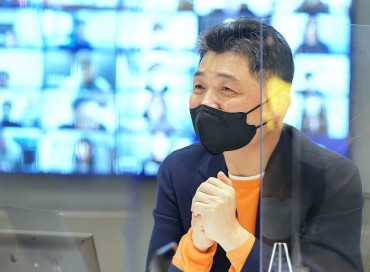SEOUL, Oct. 14 (Korea Bizwire) – The familiar “Settings” menu, long a staple of smartphone interfaces, may soon become a relic of the past on Samsung Galaxy devices.
This shift reflects a broader trend in the digital manufacturing industry, where artificial intelligence (AI) is increasingly being used to interpret and execute user intentions without explicit commands.
Samsung Electronics announced on October 13 that it is developing smartphones aimed at providing optimized experiences for individual users without the need to manually adjust settings.
The goal is to create an environment where users can either issue voice commands or rely on AI to determine and implement optimal settings automatically.
While voice commands are already possible through AI assistants like Samsung’s Bixby or Apple’s Siri, the concept of AI analyzing usage patterns and executing functions without user prompts is still an aspiration.
For instance, future smartphone cameras might automatically select the optimal mode (portrait, food, animal, landscape) based on AI analysis of the subject and user’s shooting patterns, rather than requiring manual selection.
A Samsung representative explained, “We are developing features that predict and execute what consumers want by improving the performance of user access points such as keyboards and cameras. This creates an environment where consumers can use devices conveniently without separate operations, utilizing AI.”
The ambition extends beyond smartphones. Samsung aims to combine this auto-control mode with its Internet of Things (IoT) platform, SmartThings, to manage third-party devices including mobile gadgets and home appliances automatically. The system would adjust device settings based on user habits, time of day, weather, location, and other contextual factors.
This trend of AI-driven personalization is already visible in other digital devices. For example, Samsung’s Galaxy Buds 3 Pro analyzes internal and external sounds and the user’s wearing state in real-time to provide personalized equalizer settings and active noise canceling (ANC).
Other manufacturers are following suit. Apple employs Siri, Face ID, and Smart HDR to automate device control, responses, and security functions.
According to the Global ICT Portal of the National IT Industry Promotion Agency (NIPA), Huawei is building voice command, question-answering, and scene recognition functions through its comprehensive AI platform HiAI on smartphones.
OPPO is researching user-customized smartphone voice commands, app performance optimization, and system response speed improvements.
Kevin Lee (kevinlee@koreabizwire.com)







